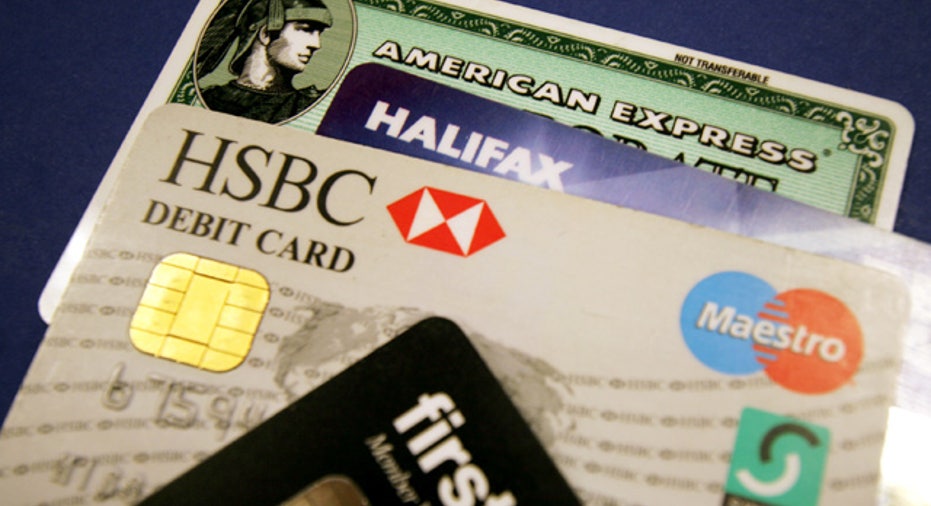Figuring Credit Card Promo Rates

Dear Credit Card Adviser,
I will need to temporarily add a few thousand dollars to my credit card balances for repairs and staging costs to sell my condo. My card has an existing balance currently at zero percent through February 2012 and then goes to 12.99% after February 2012.
I'm considering a balance transfer to take advantage of the credit card's offer for zero percent through January 2013, after which the annual percentage rate will jump to a higher rate in 2013. Which balance will the bank be required to apply payment to first?
In other words, if you have two different promo balances on the same card, with both at zero percent currently, is the bank required to apply the payment to the balance that has the promo ending first?
-- Dorothy
Dear Dorothy,
The scenario you're describing involves a key provision of the Credit Card Accountability, Responsibility and Disclosure Act of 2009, or Credit CARD Act. This provision, which took effect in February 2010, says a credit card issuer must apply the portion of the payment in excess of the minimum required first to the card balance bearing the highest rate of interest and then to each successive balance bearing the next-highest rate of interest until the payment is exhausted.
This rule is easy to understand if you have two balances on one credit card with different interest rates, but it's not so clear when it comes to having two balances that have the same promotional interest rate but different expiration dates.
Unfortunately, the law doesn't specify what credit card issuers must do in the latter situation. According to the Federal Reserve's official staff interpretation of Regulation Z, which implements the Credit CARD Act:
"(The relevant section of Regulation Z) generally does not require that any particular method be used when allocating among the balances with the same annual percentage rate."
In other words, don't bank on the issuer applying payments in the way you'd prefer.
However, once the first promotional period ends in February 2012, the rate on that balance would increase. At that point, the issuer would have to apply the portion of the payment over the minimum amount to that balance first because it would have a higher interest rate than the balance transfer debt.
Before doing a balance transfer, try to pay down the existing balance as much as possible. Ideally, you'd pay off the debt completely or do the transfer through a different credit card with a zero percent interest rate on balance transfers.
Bankrate's content, including the guidance of its advice-and-expert columns and this website, is intended only to assist you with financial decisions. The content is broad in scope and does not consider your personal financial situation. Bankrate recommends that you seek the advice of advisers who are fully aware of your individual circumstances before making any final decisions or implementing any financial strategy. Please remember that your use of this website is governed by Bankrate's Terms of Use.



















